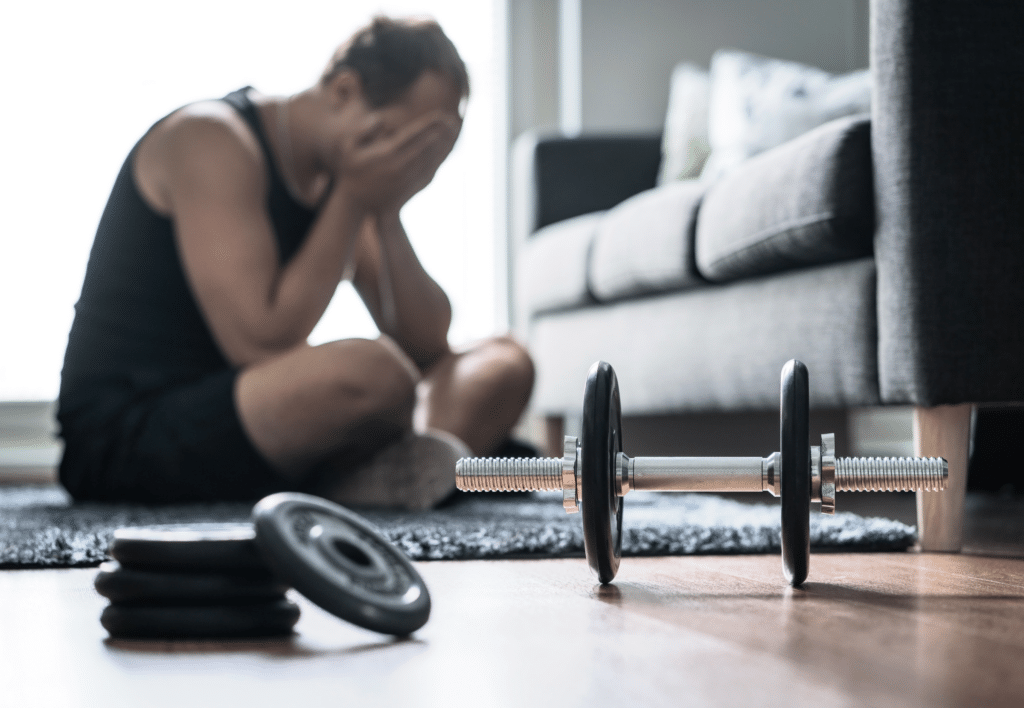Saunas may offer various health benefits, particularly for athletes engaged in intensive fitness regimens. The heat exposure in a sauna can promote relaxation and recovery post-exercise, potentially improving cardiovascular performance and muscle recovery in athletes. Regular sauna sessions may help in easing muscle soreness and increasing flexibility, which could be beneficial in an athlete’s recovery process
Exploring the use of sauna bathing in your fitness routine could be advantageous for its perceived impact on physical wellbeing and performance enhancement. While the exact mechanisms are still a topic of research, sauna use is thought to involve improved blood flow and the promotion of sweating, which can contribute to the removal of metabolic wastes accumulated during intense workouts. Integrating sauna sessions intelligently into your training might offer a non-invasive boost to recovery and overall athletic performance.
However, it is crucial to approach sauna use with awareness, considering factors like duration, frequency, and individual health conditions. Athletes are encouraged to consult with a healthcare professional before incorporating regular sauna bathing into their fitness plan to ensure it aligns with their specific health and training needs.
9 Potential Sauna Benefits for Athletes
When you step into a sauna, your body encounters heat stress, which can lead to a variety of physiological responses beneficial for your athletic performance. Saunas may promote muscle recovery, improve circulation, and contribute to the development of heat shock proteins.
Saunas are renowned for their ability to enhance athletes’ recovery and potentially improve various aspects of performance. Engaging in sauna sessions can be a strategic part of your training regimen.
Endurance and Recovery
Post-exercise sauna bathing can aid in the recovery process, helping you return to peak performance quicker. It has been suggested that sauna use may improve endurance by increasing blood volume, which can enhance oxygen delivery during workouts. Research also points to benefits in recovery after strenuous exercise, potentially reducing the onset of muscle soreness.
Strength, Power, and Muscle Growth
The heat from sauna bathing might stimulate hormonal responses conducive to muscle growth and strength. While direct evidence is sparse, the heat stress has been thought to influence growth hormone levels, which are vital for muscle repair and growth.

Heat Stress and Adaptation
Intense heat from the sauna challenges your body, triggering an adaptive response. Your cells start to produce heat shock proteins, which are crucial for muscle regrowth and repair. This process of heat adaptation may improve your tolerance to subsequent heat stress and enhance your performance.
Circulation and Blood Flow
The high temperatures in a sauna cause your blood vessels to dilate, increasing circulation and blood flow. Enhanced blood flow means more efficient oxygen delivery to tissues, which is vital for muscle repair and endurance.
Sauna Benefits on Muscle Recovery
After intense exercise, your muscles need to recover, and saunas might help by reducing inflammation and promoting relaxation. The heat can also stimulate the release of growth hormones, which are essential for muscle regrowth and recovery. This recovery advantage is particularly useful for athletes who need quick turnaround between training sessions.
Respiratory and Cardiovascular Enhancements
Regular sauna use has been associated with improved cardiovascular health due to better blood flow and reduced strain on the heart. This enhancement in cardiovascular function can translate to better sports performance by improving heart rate response to physical stress.
Additionally, the heat may improve respiratory function, potentially beneficial for athletes in high-intensity sports.

Pain Relief and Joint Health
Sauna therapy can alleviate joint pain and muscle soreness after intense workouts. The heat promotes blood flow, which can help diminish pain and accelerate the healing of minor injuries. This warmth can also increase joint mobility, making it beneficial for athletes looking to maintain or improve flexibility.
Reduced Inflammation and Improved Relaxation
Regular sauna use may lead to reduced inflammation, a common issue for athletes following extensive physical activity. Improved blood circulation through heat exposure assists in the reduction of inflammatory markers in the body. Additionally, sauna sessions offer a quiet space for mental relaxation, aiding in stress reduction and providing a sense of calm after demanding training sessions.
Skin and Detoxification Benefits
Athletes may find sauna therapy helpful as part of their detoxification routine. Sweating induced by the sauna can help clear pores and flush out toxins. While detoxification through sweat is a natural bodily function, the sauna can enhance this process, contributing to better skin health and a feeling of rejuvenation which can be particularly refreshing for athletes.
Integrating Sauna Into Athletic Training
Adopting sauna sessions into your athletic routine can potentially enhance exercise performance by improving heat acclimation, aiding in recovery, and possibly increasing plasma volume. Carefully timing sauna use around training sessions is crucial for maximizing these potential benefits.
To effectively integrate sauna use into your training, start with shorter sessions of about 15 minutes and gradually increase as your tolerance improves. Aim for a temperature range between 80°C and 100°C (176°F to 212°F) while ensuring proper hydration before and after the sauna. For increased safety and benefits, consider the following points:
- Begin with 2-3 sauna sessions per week post-workout to assist with recovery.
- Space sauna use at least 30 minutes after exercise to allow your body to cool down naturally first.
- Monitor your body’s response closely; signs of dizziness or excessive fatigue indicate a need to exit the sauna and rest.
Balancing Sauna Time with Workout Schedules
Striking the right balance between sauna sessions and workout intensity is crucial for avoiding overtraining and reaping the optimal benefits. Consider these steps for incorporating sauna time into your workout schedules:
- Schedule sauna sessions after lighter training days; this minimizes the risk of overtaxing the body.
- Avoid sauna exposure after intense sessions or competitions to prevent excessive stress on the body.
- Coordinate with a sports medicine professional to tailor sauna exposure to your specific training demands and recovery needs.
Maintaining an optimal balance in sauna training adaptation requires careful planning to prevent interference with workout effectiveness and overall athlete well-being.
Safety Considerations and Precautions for Sauna Use
When incorporating sauna sessions into your training routine, it’s crucial to consider the potential effects on your hydration and blood pressure levels, as well as the best practices for cooling down afterwards.
Dehydration and Blood Pressure Concerns
Dehydration is a serious risk for athletes using a sauna. Sauna use causes your body to sweat and lose water, which can lead to dehydration if not properly managed.
To prevent dehydration, you should:
- Drink water before, during, and after sauna use.
- Monitor for signs of dehydration, such as dizziness and excessive thirst.
Blood pressure can fluctuate during sauna use. If you have high blood pressure, consult with a healthcare professional before sauna use because the high heat can cause blood pressure to rise temporarily. Additionally, when you stand up after sitting in the sauna, blood pressure might drop, which can cause lightheadedness.
Cold Exposure and Cool Down Processes
Exposure to cold after a sauna session can help in the cool down process, but sudden temperature changes should be approached with caution. Gradual cooling is important for optimal recovery. Steps include:
- Leave the sauna and sit in a room-temperature area for a couple of minutes.
- Drink water to aid in cooling down and rehydration.
- Engage in mild stretching to relax your muscles.
It’s essential to listen to your body during cold exposure and the cool down process, as abrupt temperature changes can be a shock to the system. If you feel faint or excessively tired, stop the cool down process and seek a more moderate temperature environment.


